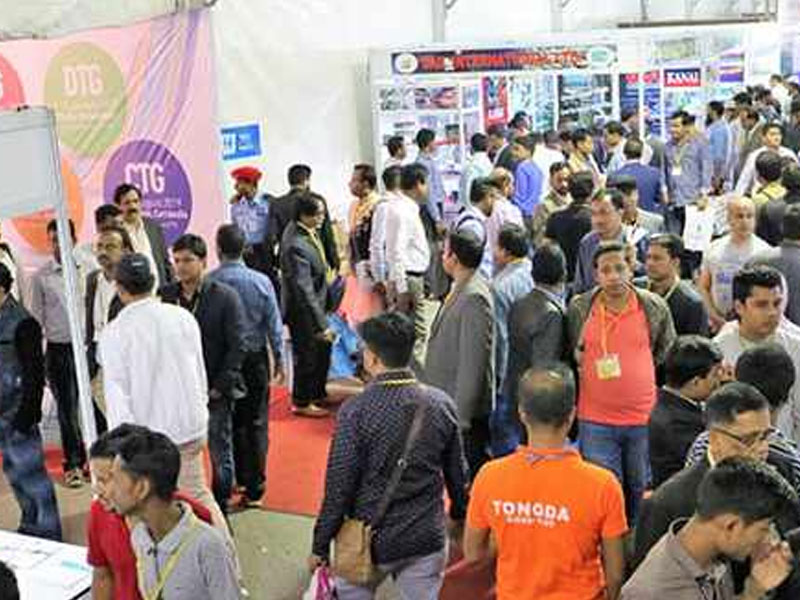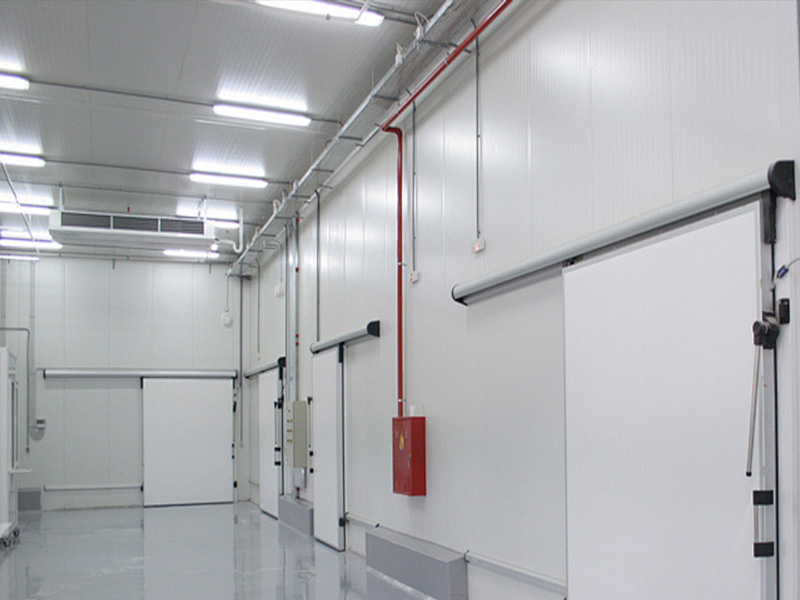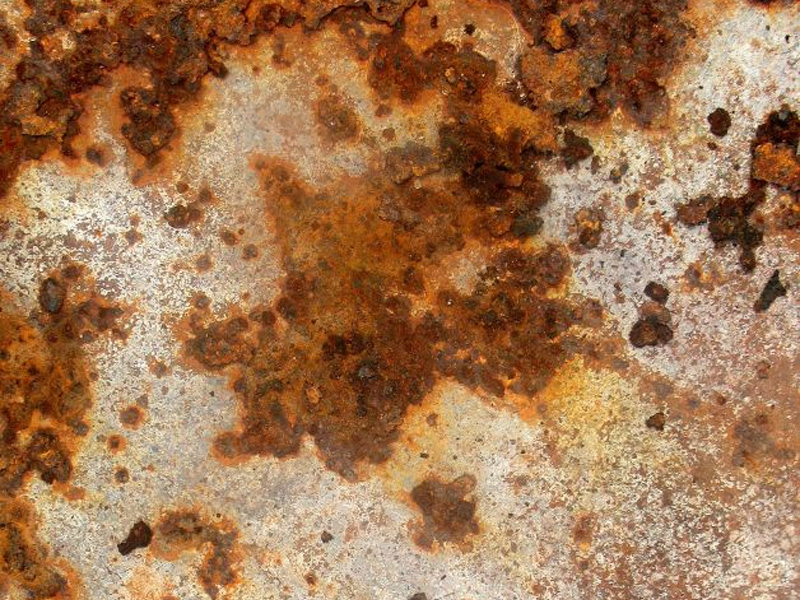Drying Yeast Using Desiccant Dehumidification Systems
Yeast has played an integral role in the history of mankind, being key to the creation of delicious foods such as bread, beer and wine. Humans have been using yeast since before the advent of written language, although their existence and role were unknown at the time. Yeast is considered the oldest industrial microorganism and has been closely associated with breadmaking for centuries as a leavening agent. The origins of bread are difficult to trace, but can be traced back to the distant Stone Age. From flat bread to sourdough, yeast has always accompanied the evolution of human food culture.
Yeast also plays a vital role in the production of alcohol, dating back to recorded times. Traces of yeast have been found in beer cans, and beer bread was used as a sacrifice in the tombs of Thebes in 2000 BC. Fermentation was originally the result of accidental contamination by yeast in the air, and later it was promoted by using a piece of old dough. To this day, this is still the method of choice for the most respected bakers. However, by 300 BC, making yeast became a professional profession.
However, it was not until relatively recently (1841) that people realized that yeast was the cause of fermentation. Louis Pasteur discovered in 1866 that yeast is responsible for beer fermentation. Fifteen years later, at the Carlsberg Laboratory in Copenhagen, Emil Hansen isolated and purified individual yeast strains and began storing and preserving brewer's yeast. Many of the pure culture techniques Hansen developed are still in use today.
What is yeast?
Yeast is a tiny single-celled organism found on plants and animals. On solid culture media, yeast cells must number in the millions to barely be visible as clumps. Because their cells are only five micrometers in size and are difficult to detect with the naked eye, yeast was once considered a mysterious creature. The type of yeast used in food preparation is Saccharomyces cerevisiae, which means "sugar fungus" in Latin. Both bakers and brewers use yeast from the species Saccharomyces cerevisiae. Today, we have access to a wide range of pure yeast strains and the ability to precisely control the environment in which yeast reacts. Modern brewers are not only familiar with the various yeast strains available, but also have mastered how to manipulate the environment in which yeast acts.
Beer is made with just four basic ingredients: malt, hops, water and yeast. Although yeast is sometimes overlooked, it is an essential and important component of these ingredients. Yeast not only transforms sweet wort into beer, it also gives beer its unique flavor and aroma. Today, supermarkets are flooded with yeast products, often sold in packages and foil bags. However, its role as a leavening agent to give bread a light taste is nothing new.
More uses for yeast - scientific research
Because brewer's yeast is easy to obtain and cultivate, it is also widely used in chemical, biological and genetic research. For example, most of what we know about the cell division cycle comes from yeast experiments.
Some interesting facts about yeast
Yeast, a tiny organism, actually has more than 500 different species. Among them, Saccharomyces cerevisiae is just one of them, but even within this single species, there are thousands of genetically different strains. It is worth mentioning that brewer's yeast belongs to the species Saccharomyces cerevisiae in biological classification.
When it comes to brewing, yeast plays a vital role. It is the creator of many flavor and aroma compounds in beer, contributing more than 600 different flavor and aroma components to the finished beer, bringing a rich and diverse taste to beer.
Interestingly, despite the long history of yeast, the Romans discovered the use of dry yeast before they actually discovered yeast. This is because yeast grows and survives in liquids, but can be easily stored after being dried. The Romans discovered that baker's yeast (dough) could be revived with sugar after being placed in the sun. Of course, they did not know about the existence of yeast in the dough at the time. Today, dry yeast has become mainstream in the bread and wine industry.
Yeast's metabolic process is also quite amazing. It can convert sugar into alcohol and carbon dioxide, which is an indispensable step in the winemaking process.
Even more interesting is that some yeast strains have a special flocculation ability, that is, they can gather tightly together after fermentation. This feature is particularly important in the winemaking process, because professional wineries often reuse yeast for multiple generations, and yeast recycling becomes crucial.
In addition, yeast also has certain requirements for temperature. Although it likes a warm environment, too high a temperature will cause yeast cells to die. At the same time, different fermentation processes require different temperatures to achieve the best fermentation effect.
Finally, the drying process of yeast also needs to be carefully controlled. Drying at low temperatures and maintaining the appropriate moisture content ensures the activity and stability of the yeast, providing high-quality yeast raw materials for the subsequent fermentation process.
In summary, yeast is not only an important biological fermentation agent, but also has many interesting facts waiting for us to explore and discover.
Low temperature drying
Yeast drying is a complex process that requires cold and dry air to produce high-quality yeast without destroying the organism. Although high temperatures can ensure faster drying, they will destroy the organism and lead to a decrease in product quality, which is the most basic requirement for making high-quality yeast.
Solution
Desiccant dehumidifiers ensure that the strict conditions required by fluidized bed dryers in yeast manufacturing are maintained. Working in conjunction with air conditioning equipment, low-temperature extremely dry air can be supplied to meet the needs of yeast drying. Desiccant dehumidifiers maintain relative humidity at or below 1% in a simple and efficient way, and can remain constant regardless of changing environmental conditions.
Fluidized bed dryers (FBDs) are key equipment for yeast drying. To ensure sufficient drying of the yeast, the inlet air supplied to the FBD needs to be treated with specific conditions.
This process is usually carried out in an open loop system where 100% of the fresh air is pre-conditioned before entering the FBD. The fresh air is first pre-cooled by a DX or chilled water enthalpy coil to remove some of the moisture. This cooled saturated air is then further dehumidified by a desiccant dehumidifier to a humidity level of approximately 1g/kg (dry). Since the desiccant dehumidification process follows the constant enthalpy principle, the dehumidified air temperature will rise accordingly.
To cool the air to the required temperature range of 6 to 10°C, the air passes through a post-cooling coil (DX or chilled water based). This is a sensible cooling process and no moisture is removed during this process. The cooled dry air is then fed into the FBD by a high static pressure blower to dry the wet yeast. The dried yeast is taken out from the bottom of the FBD, while the moist air is exhausted to the atmosphere. The desiccant wheel in the dehumidifier is continuously regenerated in the regeneration side by introducing hot ambient air to ensure continuous and stable dehumidification performance.







